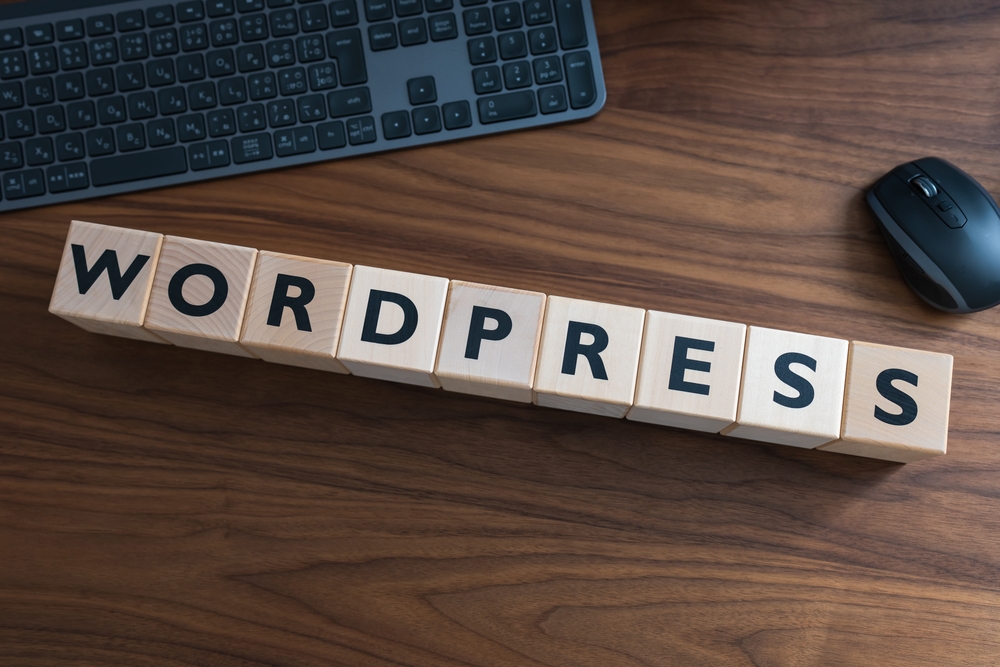
In this digital age, having a professional website is crucial for any business or individual looking to establish a strong online presence. WordPress (or WP) has become one of the most popular content management systems (CMS) for building websites due to its user-friendly interface, vast customization options, and powerful features. Whether you are a beginner or an experienced user, this article will provide you with essential tips on how to customize and maintain your WordPress (WP) website effectively.
1. Choosing the Right ThemeOne of the first steps in customizing your WordPress (the platform for bloggers) website is selecting an appropriate theme. WordPress (the blogging platform) offers a wide range of free and premium themes that determine the appearance and layout of your website. Consider factors such as your industry, brand identity, responsive design, and usability when choosing a theme. Responsive design is essential for catering to mobile users, as more and more people access websites through their smartphones and tablets.
2. Customizing the Appearance
Once you have chosen a theme, you can further customize the appearance of your website to match your brand identity. WordPress allows you to modify the colors, fonts, logo, and overall styling through the theme customization options. If you have CSS and HTML knowledge, you can even make advanced modifications to the theme by inserting custom code snippets.
3. Installing Essential Plugins
WordPress plugins are like apps that extend the functionality of your website. Whether you want to add contact forms, optimize for search engines, improve site speed, or enhance security, there are thousands of plugins available to help you achieve your goals. However, it's important to install essential plugins only to avoid unnecessary bloat that may affect the performance of your website.
4. Search Engine Optimization (SEO)
Optimizing your website for search engines is crucial for gaining organic traffic. In WordPress, you can utilize plugins like Yoast SEO or All in One SEO Pack to improve your website's SEO. These plugins allow you to add meta tags, optimize your content for keywords, generate XML sitemaps, and more. Additionally, focusing on high-quality content creation and building backlinks can significantly boost your website's visibility on search engine result pages.
5. Regular Backups and Security Measures
To ensure the safety of your WordPress website, it's essential to implement regular backups and security measures. WordPress offers plugins like UpdraftPlus and Sucuri Security that automate the backup process and safeguard your site from common security threats. A backup system allows you to restore your website quickly in case of any data loss or hacking attempts.
6. Managing Plugins and Updates
Keeping your plugins and WordPress core up to date is crucial for maintaining a secure and efficient website. Outdated plugins and themes can be susceptible to security vulnerabilities. Regularly check for updates and install them promptly to benefit from new features and improvements. However, before updating, make sure to test the updates on a staging site to avoid compatibility issues.
7. Optimizing Website Performance
Website speed is a crucial factor in user experience and search engine rankings. Slow-loading websites tend to have higher bounce rates and lower conversions. To optimize your website's performance, consider using a caching plugin like W3 Total Cache or WP Super Cache. These plugins create static versions of your pages, reducing the server load and improving load times.
8. Utilizing Web Analytics and Monitoring
Monitoring your website's performance can provide valuable insights into user behavior, popular content, and areas for improvement. Utilize web analytics tools like Google Analytics to track metrics such as page views, bounce rates, and conversions. These insights enable you to make data-driven decisions and refine your website to better meet user expectations.
Frequently Asked Questions:
Q1. How can I customize the layout of my WordPress website?A1. WordPress provides theme customization options where you can modify the colors, fonts, logos, and other styling elements. Additionally, CSS and HTML knowledge allows you to make advanced layout modifications.
Q2. Are there any plugins to help with social media integration?
A2. Yes, several plugins like Social Warfare, AddToAny, and Jetpack provide social media sharing buttons, social profile integration, and other features related to social media integration.
Q3. How often should I update my plugins and WordPress version?
A3. It is recommended to update your plugins and WordPress core as soon as updates are available. Regular updates ensure that your website remains secure and benefits from new features.
Q4. What is website caching, and how can it improve performance?
A4. Caching is the process of storing static versions of your website pages, which reduces the server load and improves load times. Caching plugins like W3 Total Cache or WP Super Cache help implement this technique and optimize website performance.
Q5. How can I track the success of my website and improve its performance?
A5. Google Analytics is a popular web analytics tool that allows you to track various metrics such as page views, bounce rates, and conversions. By analyzing this data, you can identify areas for improvement and make data-driven decisions.
In conclusion, mastering WordPress customization and maintenance is crucial for creating a website tailored to your brand and providing an optimal user experience. By following these essential tips, you can unlock the full potential of WordPress and build a professional and successful online presence.
Word Count: 861
Other useful resources
- https://en.wikipedia.org/wiki/WordPress
- https://www.wordpress24plus.com/wordpress-tools-directory/wordpress-plugins/
- https://en.wikipedia.org/wiki/Blog